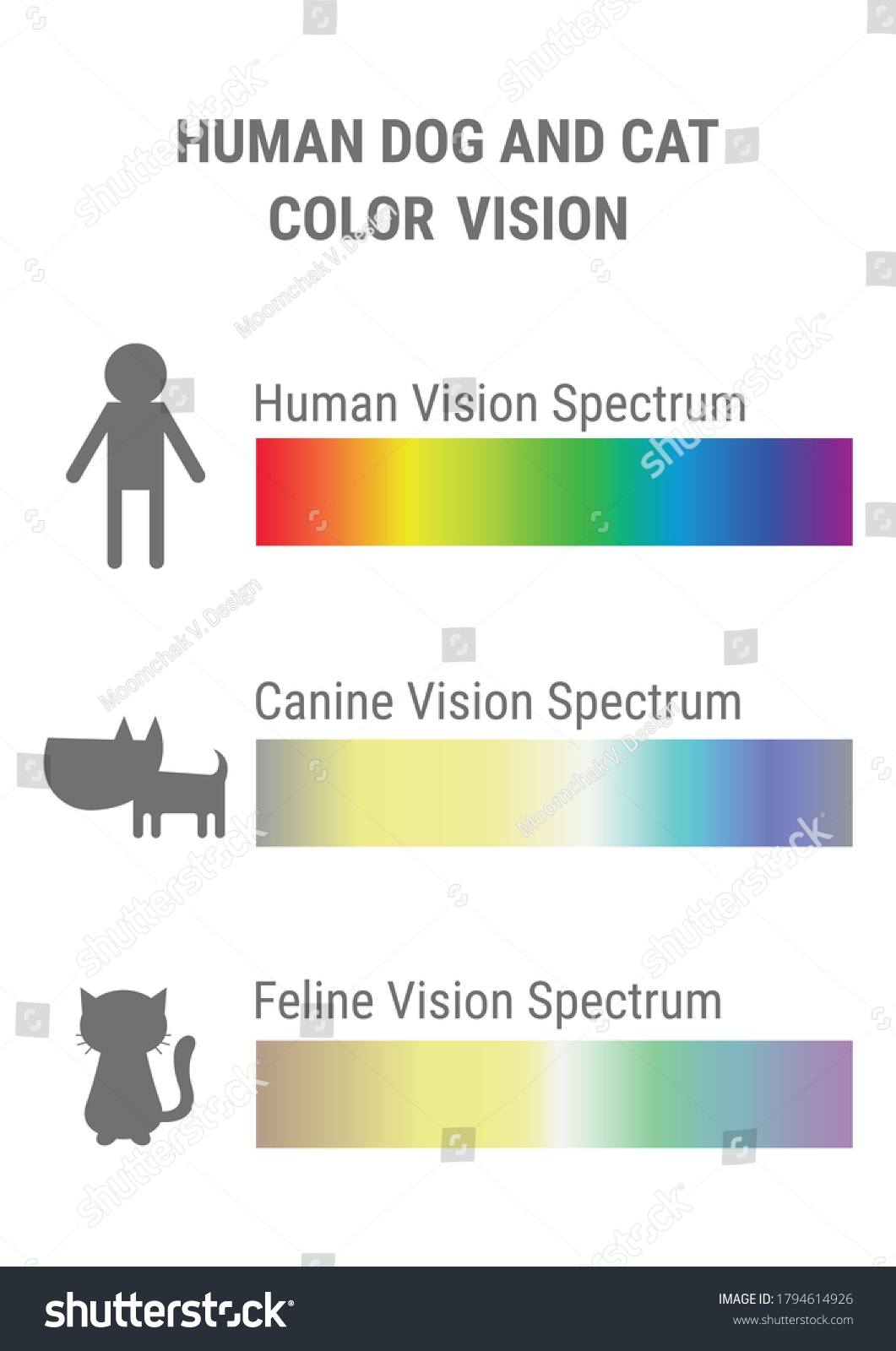Dogs, like humans, have the ability to see color, but their color vision is not as vibrant as ours. They have dichromatic vision, meaning they can see a range of colors, but not as many as humans. Understanding how dogs see color can help us better understand their perspective and improve our interactions with them.
While humans have three types of cones in their eyes to see color, dogs only have two. This means that they can see shades of blue and yellow, but they have difficulty distinguishing between red and green. To a dog, these colors may appear as shades of gray. Despite this limitation, dogs have excellent night vision and motion detection, making them adept hunters and protectors.
How Dogs See Color
Research has shown that dogs see the world in shades of blue and yellow, with some ability to see shades of gray. This limited color vision is due to the types of cones in their eyes. Dogs have more rod cells than cone cells, which makes them better at seeing in low light but reduces their color perception. While they may not see the vibrant colors of a rainbow like we do, dogs can still detect differences in shades and patterns.
Despite their limited color vision, dogs rely heavily on their sense of smell and hearing to navigate their environment. Their keen sense of smell allows them to identify objects and people, while their acute hearing helps them detect sounds from far distances. This combination of senses makes dogs highly adaptable and able to thrive in various environments.
When it comes to choosing toys or accessories for your dog, consider their color vision. Opt for toys in shades of blue or yellow, as these colors are more visible to them. Avoid red or green toys, as they may not stand out as much. Understanding how dogs see color can help you create a stimulating and engaging environment for your furry friend.
In conclusion, while dogs may not see the world in the same vibrant colors as humans, they still have a unique perspective on their surroundings. By knowing how dogs see color, we can tailor our interactions and environments to better suit their needs. Dogs may not appreciate a rainbow like we do, but they can still enjoy a colorful and enriching life with our understanding and care.
